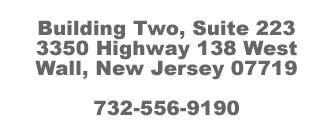
The Indoor airPLUS program was created by the EPA to help builders meet consumer preference for homes with improved indoor air quality. This program builds on the requirements set by Energy Star and provides additional construction specifications that will ensure better indoor air quality. These additional construction features will help protect the home from moisture & mold, pests, combustion gases, and other airborne pollutants.
The program has seven main sections it looks to improve on:
- Moisture Control
- Combined with Energy Star, builders must use a variety of control features designed to improve the control of condensation and better drainage on and around the house
- Radon
- Indoor airPLUS specifications include radon-resistant construction techniques
- PestBarriers
- Requires builders to seal, caulk or screen were it is possible for pests to enter the home
- HVAC Systems
- Requires properly engineered systems combined with improved ductwork and equipment installation, increased filtration, and whole-house ventilation
- Combustion Pollutant Control
- Properly vented heating equipment, along with installation of carbon monoxide alarms in sleeping areas
- Low-Emission Materials
- Must use materials that contain less chemicals, protect the materials from water damage, and provide for proper ventilation of the home
- Home Commissioning
- Educate the homeowner to ensure proper use and maintenance



Here is a brief overview of how to earn the Indoor airPLUS label:
- First you must become a partner by signing the Indoor airPLUS partnership agreement (Partnership Agreement).
- For a home to earn the Indoor airPLUS label it must first be designed to earn the Energy Star certification. From there, with the help of a home energy rater you must design the home to comply with the Indoor airPLUS verification checklist (this is the checklist that involves construction features used to improve on the seven main sections talked about previously).
- At the same time the home is completed to Energy Star certification, a certified rater (EAM is a certified rater) must verify the compliance of the home according to the Indoor airPLUS verification checklist. Once the checklist has been completed and verified, the home can then be issued an Indoor airPLUS label and certificate.


